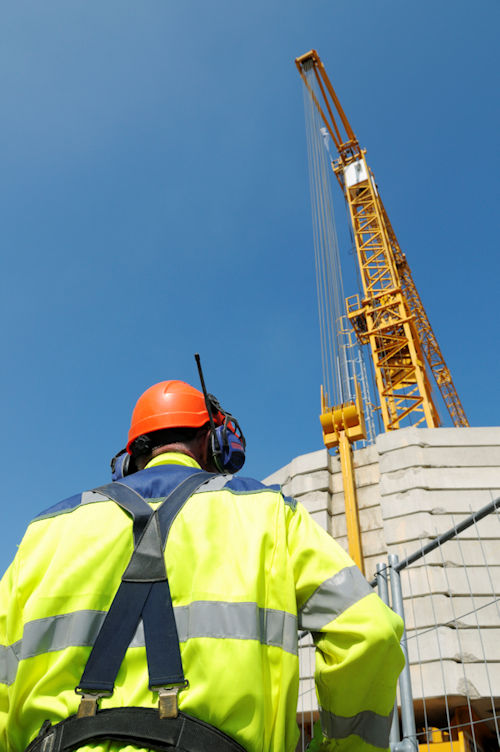Signals and Fall Protection
Signals
A crane operator often needs a second set of eyes-a signal person-to be able to operate safely.
The sections below state when a signal person must be provided and the types of signals that are allowed. The qualifications the signal person must possess are specified in section 1926.1428 (Signal person qualifications).
When a Signal Person is Needed
A signal person must be provided:
- when the point of operation, meaning the path the load travels or the area where the load is placed, is not in full view of the operator;
- when the equipment is traveling and the operator's view in the direction of travel is obstructed; or
- when, due to site-specific safety concerns, either the operator or the person handling the load determines that it is necessary.
During operations requiring signals, the ability to transmit signals between the operator and signal person must be maintained. If that ability is interrupted at any time, the operator must safely stop operations until signal transmission is reestablished and a proper signal is given and understood.
Only one person may give signals to a crane/derrick at a time, though any person may give an emergency stop signal.
Knowledge Check Choose the best answer for the question.
2-1. A signal person is required in which of the following situations?
You forgot to answer the question!

